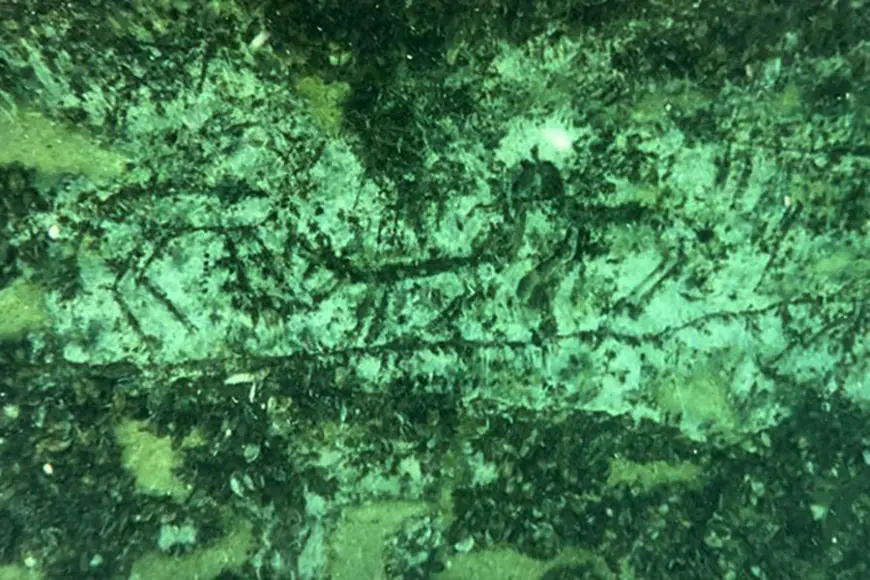Ancient Rock Engravings Found Underwater in Turkey, Dating Back 12,000 Years

Archaeologists in Turkey’s Adıyaman Province have discovered ancient rock engravings beneath the waters of the Atatürk Dam. The age of these carvings is estimated to be around 12,000 years, belonging to the Late Paleolithic or Early Neolithic period.
The engravings were first noticed eight years ago by local fishermen when drought caused the water level in the dam to drop, exposing the ancient rock surface. This year, after the water level rose again, experts from the Adıyaman Museum conducted underwater research, capturing the images with special cameras.
According to the museum director, Mehmet Alkan, underwater visibility was limited, and the rocks were covered with mussel shells, making it difficult to obtain clear images. Therefore, archaeologists plan to clean and document the site in detail and create a replica for museum display in the coming months.
A panel about 8 meters long depicts a hunting scene involving humans and animals. Recognizable figures include cranes, horses, wolves, foxes, and mountain goats. Researchers believe these images might represent one of the earliest forms of symbolic expression, possibly a depiction of ritual or collective hunting.
The construction of the Atatürk Dam in the late 20th century submerged many archaeological sites in the region. For this reason, experts emphasize the importance of digital preservation through 3D scanning and photogrammetry.
Similar rock engravings have been found in the provinces of Batman, Şanlıurfa, and Mardin, indicating cultural continuity in Upper Mesopotamia.



























